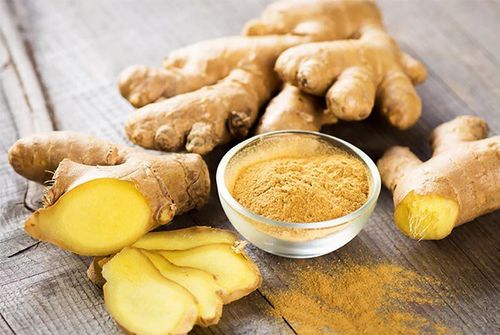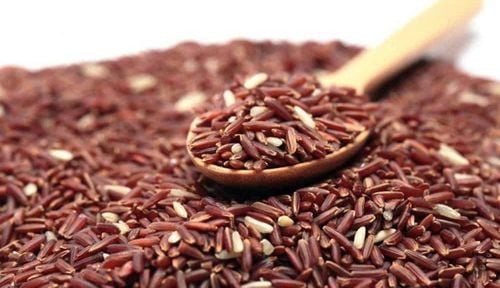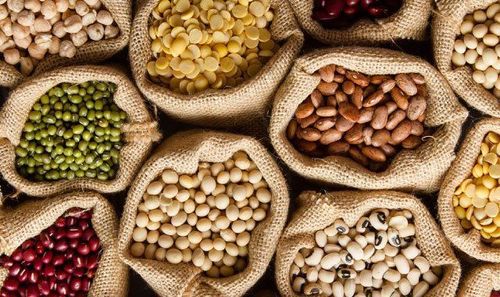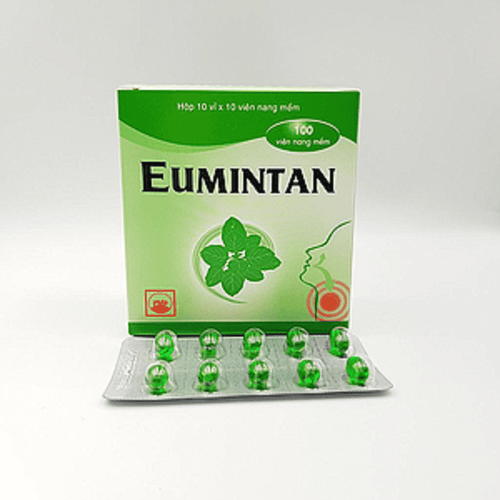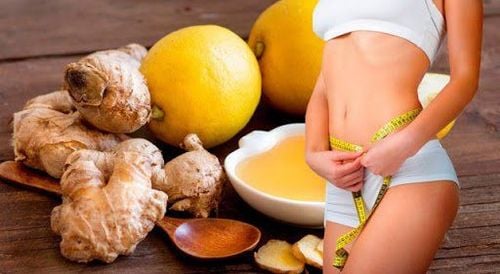This is an automatically translated article.
Multiple sclerosis often causes vision-related problems, numbness, tingling, muscle weakness, and other symptoms. The disease occurs when the body's infection defense system attacks and destroys cells that affect the nerve connections of the brain and spinal cord. Although, there are many treatments available to help control and manage symptoms. However, the patient can choose foods and develop an appropriate diet to control the disease.1. Multiple sclerosis
Multiple sclerosis with disorders of the brain and spinal cord that cause neurological impairment. Some researchers believe that multiple sclerosis is an abnormal immune response against the body's central nervous system.Multiple sclerosis often causes inflammation and relapsing many times that destroy the myelin sheath of nerves. When this happens, many areas of scar tissue form along the outer coating of nerve cells. This results in a delay or blockage in the transmission of nerve impulses.
Multiple sclerosis has forms such as:
Relapsing and relapsing form: This form of the disease often presents with scattered symptoms and may disappear. When symptoms flare up to attack the body or recur, it can last for days. In between episodes, the person may feel quite normal. This is also the most common form of multiple sclerosis. The secondary form has symptoms that appear and disappear at first, but the next time the disease occurs, the condition worsens and the disease can occur in people who begin to have recurrent episodes and go into remission. Primary with severe initial symptoms In advanced relapsing form, symptoms gradually worsen.
2. Good foods for multiple sclerosis
2.1. Turmeric or turmeric starch?
What does multiple sclerosis eat? Turmeric belongs to the group of bright orange-yellow spices used quite commonly in food processing. Turmeric can be used with many different dishes. The main component of turmeric is curcumin, which has anti-inflammatory effects that protect nerve cells and help regulate the body's immune system. Therefore, patients with multiple sclerosis can use turmeric in all dishes or use turmeric starch or use oral tablets containing turmeric. Curcumin compound in turmeric is quite safe for everyone and does not cause side effects for users. But when using turmeric as a functional food, patients need to consult a doctor to be able to maximize the effects of turmeric.2.2. Foods rich in vitamin D
If you have multiple sclerosis, you may be at risk for osteoporosis, which makes bones weaker and more likely to break. Vitamin D will help the body absorb and metabolize calcium better and increase bone density to improve this condition. Vitamin D also helps limit the inflammation caused by multiple sclerosis. In addition to sunlight, with the best amount of vitamin D absorbed through the skin for the body, patients can choose some foods rich in this compound such as fish, yogurt, eggs, cereals,... In case it is necessary to supplement with oral vitamin D, the patient should consult a doctor.2.3. Dark green leafy vegetables and fruits
When patients consume dark green leafy vegetables and fruits daily, they will provide a significant amount of antioxidants that can help the body reduce inflammation. Thus, it is possible to prevent the recurrence of multiple sclerosis. These foods also provide the body with rich fiber content to help the body's digestive process better. Patients should choose foods rich in antioxidants such as onions, apples, berries, black currants, or citrus fruits,...2.4. Using ginger for patients with multiple sclerosis
In many parts of the world, including Vietnam, ginger is known as a medicine with healing effects, in addition, ginger can be used to prepare daily dishes. Studies on the effects of ginger have shown that ginger can help calm the immune system and can improve memory problems or muscle pain - symptoms quite common in people with multiple diseases scattered sclerosis.Moreover, fresh ginger also helps bring more benefits to the body when using capsules containing components of ginger. Therefore, patients should use fresh ginger that is peeled, chopped and added to dishes during processing. Or you can use fresh ginger to make tea.




